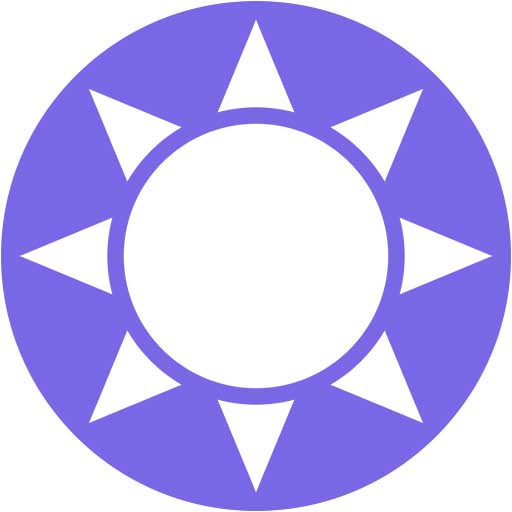Astrology is an ancient practice that utilizes celestial bodies to predict future events and gain insight into an individual’s personality and life path. One of the key components of astrology is the concept of aspects, which refers to the angles formed between planets and other celestial bodies. In this article, we will explore the five major aspects in astrology and how they apply to everyday astrology readings and forecasts.
What is an Aspect in Astrology?
An aspect in astrology refers to the angular relationship between two or more planets in the solar system. This relationship is measured by the distance between the planets and the angles that they form with each other. These aspects can be seen as opportunities or challenges that an individual may face in their life path.
What Purpose do Aspects Serve?
Aspects serve a crucial role in astrology as they help astrologers gain a deeper understanding of an individual’s personality and life path. They provide insight into how different areas of life may interact with one another and what challenges or opportunities an individual may encounter in the future.
The 5 Major Aspects of Astrology
1. Conjunction
A conjunction occurs when two planets are located in close proximity to one another in the same sign or degree. This aspect is considered to be one of the strongest in astrology and signifies a close relationship between the energies of the two planets. This can result in either a harmonious or challenging influence depending on the nature of the planets involved.
For example, a conjunction between Venus and Jupiter may indicate an individual who is lucky in love and enjoys a harmonious relationship with their partner. On the other hand, a conjunction between Mars and Saturn may indicate an individual who struggles with anger and frustration in their personal and professional relationships.
2. Sextile
A sextile occurs when two planets are located approximately 60 degrees apart in the same or complementary signs. This aspect is considered to be a harmonious influence and signifies an opportunity for growth and expansion in the areas of life represented by the planets involved.
For example, a sextile between the Moon and Venus may indicate an individual who is able to express their emotions in a creative and harmonious way, leading to fulfilling relationships with loved ones.
3. Trine
A trine occurs when two planets are located approximately 120 degrees apart in the same or complementary signs. This aspect is also considered to be a harmonious influence and signifies an opportunity for ease and flow in the areas of life represented by the planets involved.
For example, a trine between the Sun and Uranus may indicate an individual who is able to embrace their unique qualities and express themselves in a creative and original way, leading to success in their career and personal life.
4. Square
A square occurs when two planets are located approximately 90 degrees apart in signs that are challenging to one another. This aspect is considered to be a challenging influence and signifies an opportunity for growth and transformation through struggle and conflict.
For example, a square between Mars and Pluto may indicate an individual who struggles with anger and power struggles in their personal and professional relationships, but who may ultimately transform these challenges into opportunities for growth and empowerment.
5. Opposition
An opposition occurs when two planets are 180 degrees apart from each other. This aspect creates a sense of tension and conflict between the planets involved. It can represent inner conflicts within the individual or external conflicts in relationships or situations. The key to managing oppositions is to find balance and integration between the opposing forces.
How do these Aspects apply to my everyday Astrology readings or forecasts?
Aspects play a significant role in astrology readings and forecasts. They provide insight into the energy and dynamics at play in a person’s life and relationships. Understanding aspects can help individuals better navigate challenges and opportunities.
For example, if someone has a conjunction between their Sun and Moon, they may have a strong sense of identity and emotional stability. A trine between Venus and Jupiter can indicate good luck and abundance in love and finances. On the other hand, a square between Mars and Saturn can indicate tension and obstacles in pursuing one’s goals.
Aspects can also be used in predictive astrology, where they are analyzed to forecast upcoming events and potential outcomes. For instance, a square between Mars and Pluto could indicate a period of power struggles and conflict in the workplace or a relationship. By knowing about this aspect in advance, one can prepare to handle the situation in a constructive way.
Final Thoughts on the 5 Major Aspects of Astrology
In conclusion, aspects are a crucial component of astrology and provide valuable insights into a person’s life and relationships. Whether you’re seeking self-understanding or making predictions for the future, understanding the five major aspects is a key step in unlocking the power of astrology.




